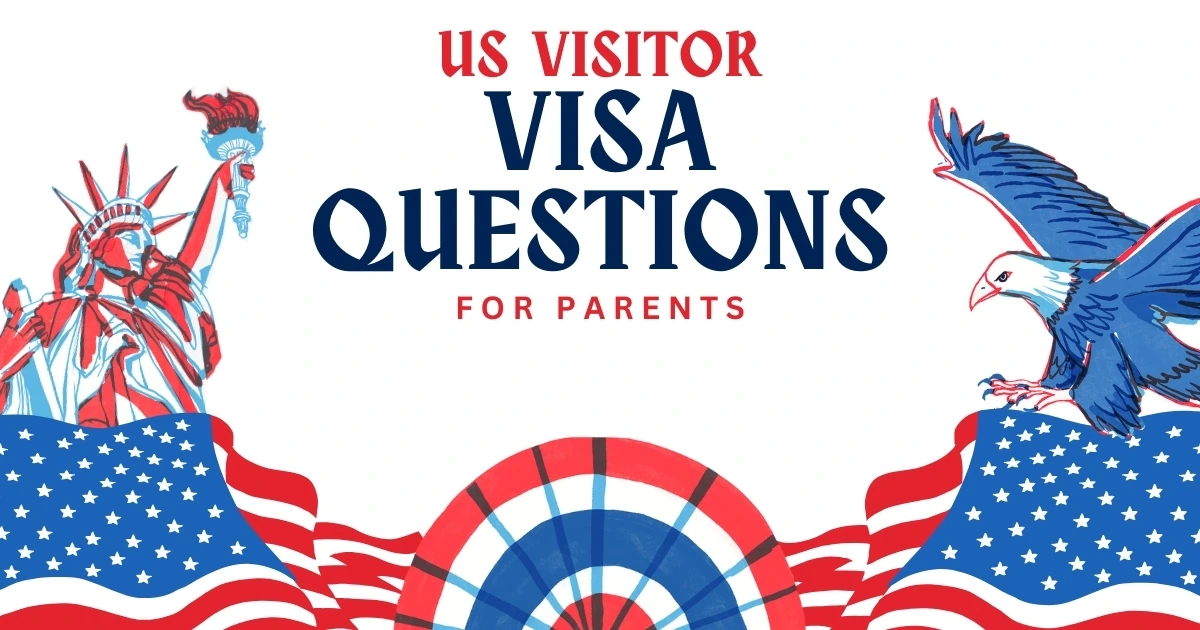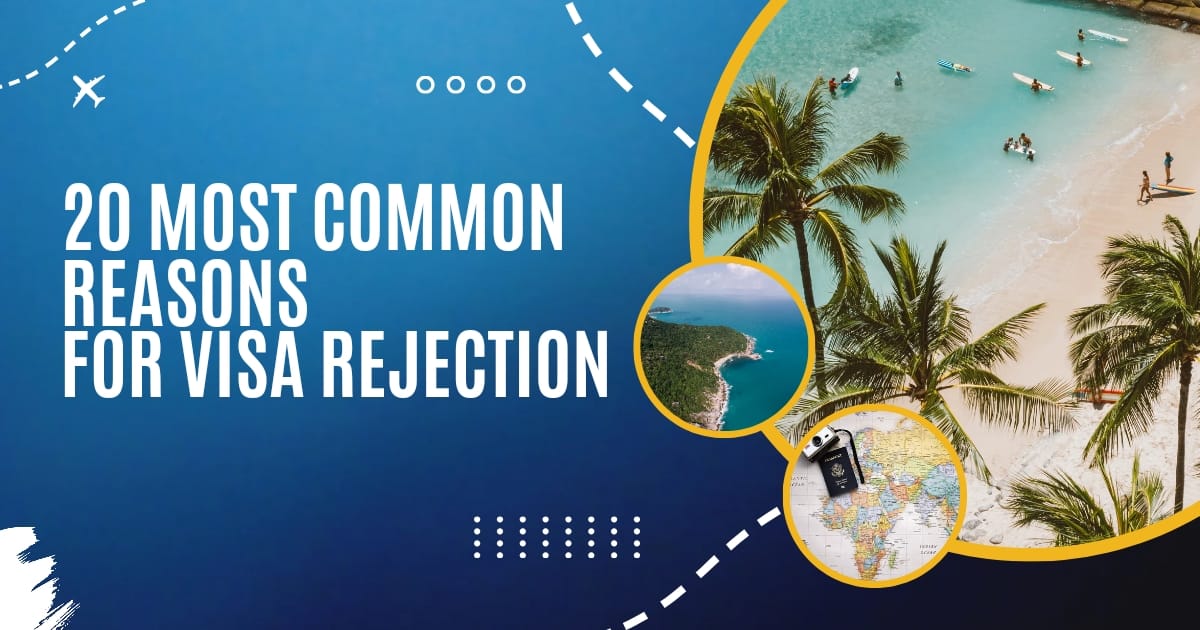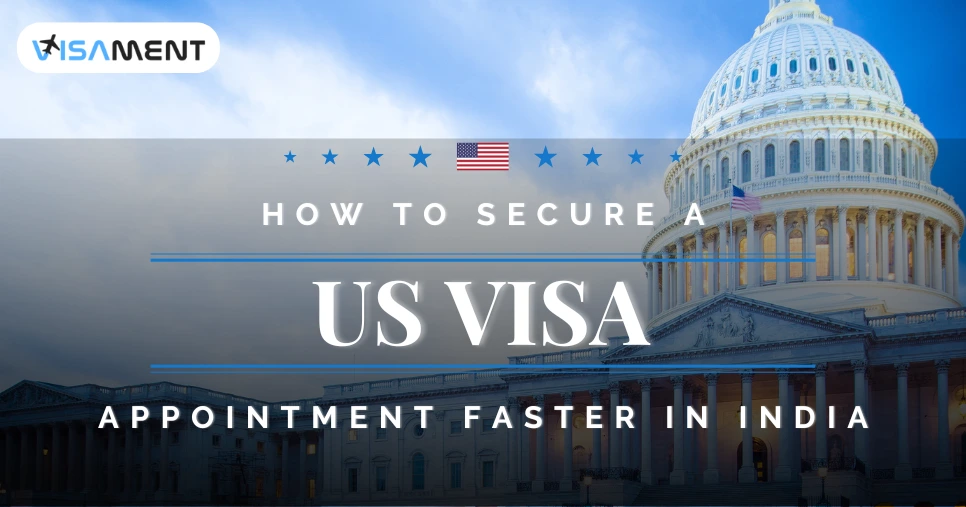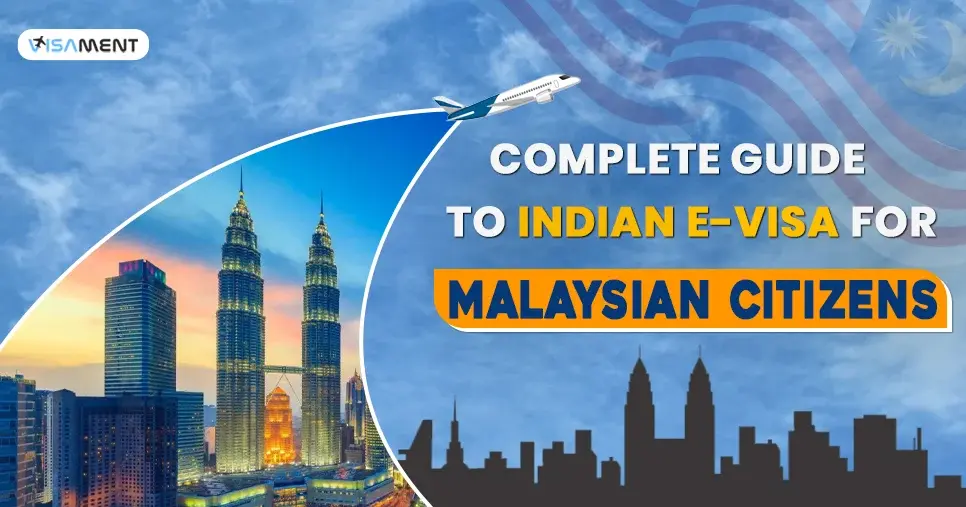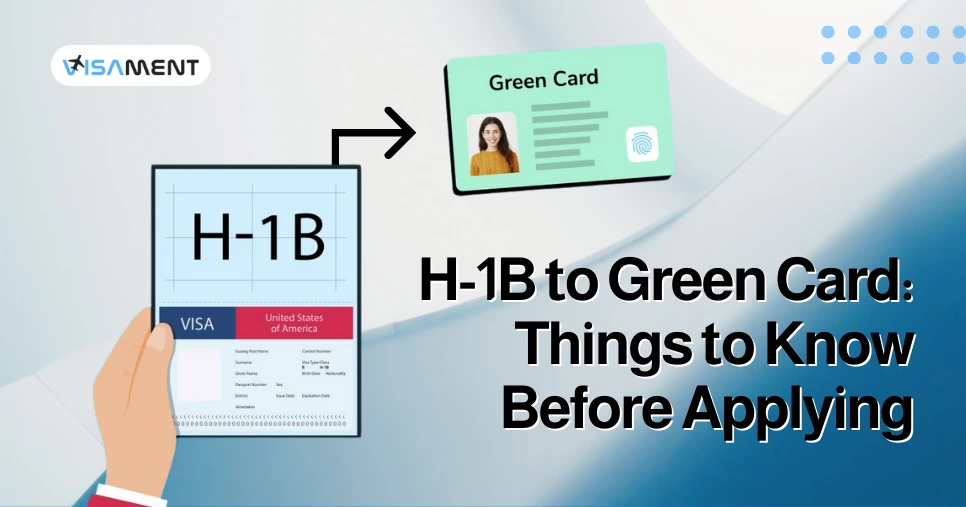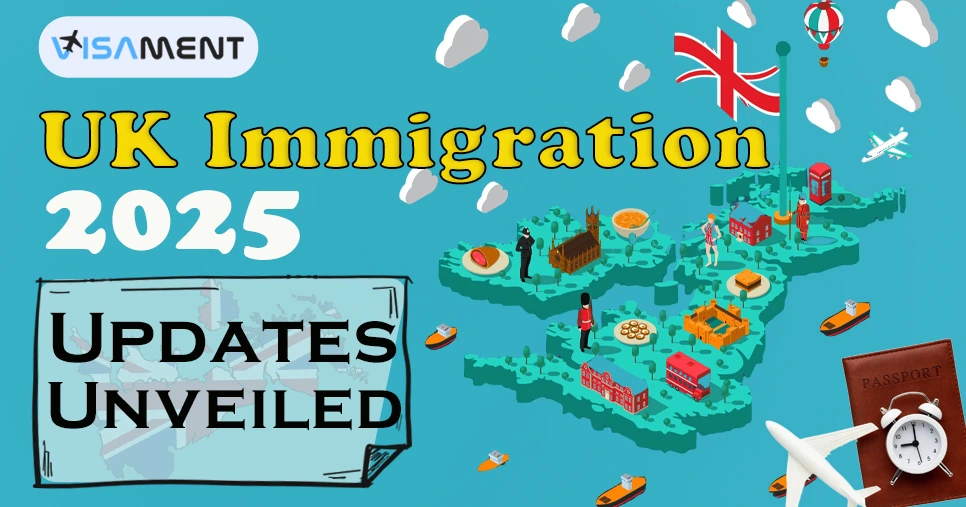- What is the Singapore Arrival Card (SGAC)?
- Who Needs to Submit the Singapore Arrival Card?
- How to Apply for a Singapore Arrival Card?
- Health Declaration: Important Points
- When Do You Need to Submit the SGAC?
- SGAC Processing Time and Fees
- Validity of the Singapore Arrival Card
- What to Expect After Arriving in Singapore
- Final Thoughts
For Indians, Singapore remains a popular travel destination for its scenic landscapes and vibrant culture. In fact, in 2024 alone, the ICA cleared nearly 230.4 million travelers — a massive 20% jump from the previous year. This shows just how popular and trusted Singapore has become among global visitors.
If you are also planning to visit Singapore whether for vacation, work, or transit - understanding the Singapore entry requirements is essential. One of the most important documents you must submit before arrival is the Singapore Arrival Card (SGAC). It is a mandatory digital form introduced to simplify the Singapore immigration process for Indian and foreign travelers.
Want to know more about this card in detail? Read this blog and get your answers.
What is the Singapore Arrival Card (SGAC)?
The Singapore Arrival Card is an online submission form that replaced the old paper disembarkation/embarkation card. With this digital upgrade, immigration clearance has become even faster and more efficient.
However, you should note that the SG Arrival Card is not a visa.
Even after submitting the SGAC, Indian travelers must still obtain a valid Singapore visa to enter the country.

Who Needs to Submit the Singapore Arrival Card?
Every traveller arriving in Singapore must submit a 'SG Arrival Card' (SGAC).
You do NOT need to submit the SG Arrival Card if:
- Passengers Transiting Through Singapore: If your international flight connects through Singapore and you are remaining in the airplane, you will NOT need to fill out the SG Arrival Card.
- Residents Entering by Land: If you are a Singaporean Citizen, Permanent Resident, or holding a Work or Study Pass, and entering Singapore via the Tuas or Woodlands Checkpoints, you do NOT need to submit the SG Arrival Card.
➡️ If you are travelling to Singapore via Air or Sea, you must submit the SG Arrival Card even if you are an Indian citizen.
How to Apply for a Singapore Arrival Card?
The SGAC submission is simple and can be completed online within a few minutes. Indians can apply using the official ICA website or the MyICA mobile app.
Follow these steps to submit your SG Arrival Card online:
Step 1: Apply Online
Visit the official ICA SGAC page or download the MyICA app on Android or iOS for quick submission.
Step 2: Select Submission Type
Choose between:
- Individual submission, or
- Group submission (up to 10 travelers—ideal for families)
Step 3: Enter Personal Details
Provide your:
- Full name
- Passport number
- Nationality
- Date of birth
- Passport expiry date
Step 4: Add Contact Information
Enter your phone number and a valid email ID to receive the SGAC confirmation.
Step 5: Mention Your Travel Details
Include your arrival date (the date you enter Singapore), mode of travel (air, land, or sea), and the number of days you plan to stay in the country.
Step 6: Accommodation Details
Provide:
- Hotel name and address, or
- Relative/friend’s name and address
Step 7: Complete the Health Declaration
Declare:
- Current health status
- Countries visited recently
- Any symptoms like fever, cough, or breathing issues
❗ Health declaration rules may change depending on Singapore’s public health advisories.
Step 8: Review and Submit
Check your details carefully and submit the form.
You will receive an email confirmation immediately. Keep a digital or printed copy for convenience.
You must submit a fresh SG Arrival Card for each trip to Singapore, even if you have visited before.
Health Declaration: Important Points
Filling out the health declaration is mandatory for SGAC approval. Providing incorrect information is a serious offense and may result in penalties under Singapore law.
You must disclose:
- Where you have traveled recently
- Are you currently suffering from symptoms of an infectious disease
Do not submit an declaration if the information is not accurate; giving false information on a declaration is a serious crime and is punishable under Singapore law upon arrival.
Note: Health declaration requirements may change due to Singapore's health and safety rules and regulations. Always check for updates from the ICA (Immigration and Checkpoints Authority) prior to travelling.
When Do You Need to Submit the SGAC?
You must submit the SG Arrival Card within 3 days before entering Singapore.
Example:
If your arrival date is 14 August 2025, you can submit the SGAC anytime between 12 to 14 August 2025.
Submitting within this window ensures smoother processing during immigration.
SGAC Processing Time and Fees
Having information about the SGAC processing time and fees is vital. It helps in avoiding delays, extra costs, and ensures that everything goes smoothly. For the latest information, always check the official ICA website.
Processing Time
- Filling the form takes 5–10 minutes.
- Processing is instant, and you receive a confirmation immediately.
Fees:
- SGAC submission is completely free.
- Be cautious of websites charging extra—ICA does not endorse them.
Validity of the Singapore Arrival Card
- The SG Arrival Card is valid for 3 days from the date of submission.
- It is valid for single entry only.
- If your travel date changes, you must submit a fresh SGAC.
- If your health status changes, update your declaration before arrival.
What to Expect After Arriving in Singapore
After entering Singapore, knowing what to expect makes things easier. Below are the general steps at the airport once you collect your bags:
Immigration Check
Your SGAC is already in the ICA system, so simply present your passport for verification.
Electronic Visit Pass
After clearance, you will receive your e-Pass via email, specifying your permitted duration of stay.
Biometric Scan
First-time visitors may need to provide:
- Fingerprints
- Face scan
This is part of Singapore’s secure entry process.
Final Thoughts
If you're travelling to Singapore from India, be sure to fill out the SG Arrival Card correctly and within the given period. This article has provided all the details you require regarding applying for, how long it takes, costs and the length of time the card is valid for.
Only use the official ICA portal or MyICA app to apply for the Singapore Arrival Card; do not use other sites that charge a fee.
You should now have all the information you need; and do not forget that you will need both a Singapore visa and your SGAC to enter the country.
If you need assistance in getting your Singapore visa smoothly and quickly, Visament is here to help you.
Frequently Asked Questions
The Singapore Arrival Card is an electronic pre-arrival declaration form required by the Immigration and Checkpoint Authority (ICA) of Singapore. It is not a visa for the country but should be submitted before arrival.
The SGAC card is valid for a single entry into Singapore. For every trip to Singapore, a new submission of the card is required.
For the SGAC Card, you can apply online via the ICA website or the MyICA mobile app by providing your passport details, travel information, accommodation, and a health declaration.
Failure to submit your SGAC may cause delays or denial of entry into the country. So, ensure you submit it on time for a hassle-free arrival in Singapore.
To update information on your Singapore arrival card (SGAC), you need to visit the official ICA website and choose the "update SGAC" option. Here, mention the changed information and resubmit the form online.
Yes, all travelers who are entering Singapore need to apply for a Singapore arrival card. However, it does not apply to people who are transferring or transiting through the country without seeking immigration clearance or residency, whether Singapore citizens, permanent residents, or long-term pass holders who are entering the country via land checkpoints.
No, you cannot download the SG arrival card, as the information you mentioned on the form is submitted online to ICA. However, once you submit the form, you receive a confirmation email that you can download or have a digital copy of it by your side.
To apply for an SG arrival card, you need to provide your personal information, such as your full name, passport details, date of birth, and validity of your passport. In addition, also mention your travel details such as expected time to stay in the country, flight details, accommodation proof, and travel itinerary along with a health declaration form.
You can submit your Health declaration certificate with the SGAC at the e-service or through the MyICA mobile app.
If there is a change in the health status, then you can update it through the "Update SGCA "feature on the SG Arrival card e-service. If you submitted a false health declaration, as an offense, you can be prosecuted under the Infectious Diseases Act.
_1755953848.webp)



